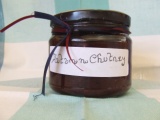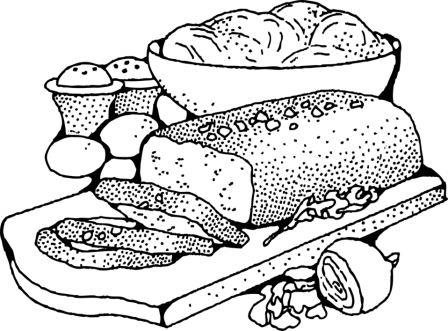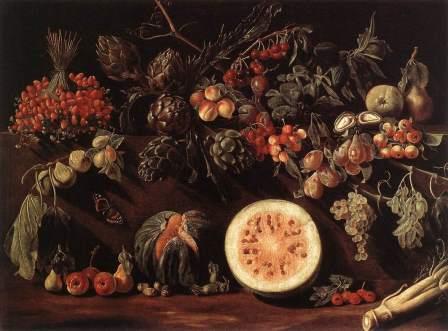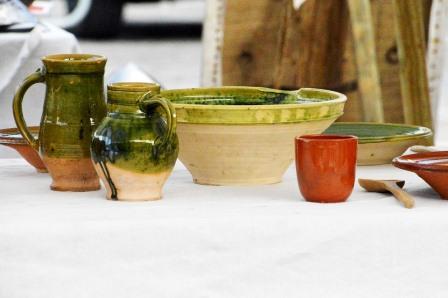On this website, Julia has brought us a variety of recipes with a medieval flavor, so when a friend recently posted a link to a YouTube clip of ‘Clarissa and the King’s Cookbook’, I immediately thought of her and all our readers interested in cooking.
In this programme, well-known TV chef Clarissa Dickson Wright investigates The Forme of Cury, a cook book from the court of Richard II, and also tries out some of the recipes.
While with the “cury” of the title, we may think of our favourite Indian or Thai restaurant, here it is simply the Middle English word for “cookery”. It is one of the oldest cook books in English, compiled by the master-cooks at the court of Richard II (1367-1400). It is a manuscript scroll made of vellum. Altogether it contains 196 recipes, from everyday dishes to impressive dishes for banquets, including the spectacular subtleties.
Some of the things on offer sound a bit strange to modern ears, such as whales, cranes, curlews, herons, seals and porpoises. Let’s hope that 600 odd years ago they were more plentiful than today.
On the other hand the spices like caraway, nutmeg, cardamom, ginger and pepper were rare and exotic then, whereas today you find them on any supermarket shelf. I found the mention of olive oil quite intriguing, as not that long ago most northern Europeans would have regarded olive oil with some suspicion as foreign.
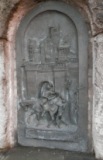
The photograph shows one of a series of reliefs depicting the life of St Martin (1983) at the Bonn Minster by renowned artist Ernemann Sander (photo by Dorothea Preis)
One of the recipes, Clarissa tries out on the show, is goose with a stuffing of herbs and fruit. It sounds quite delicious and I could imagine it serving to my family. Where I come from, goose is the typical meal for the feast of St Martin (11 November – which is why I posted this today) and Christmas. Not that this was the only treat on this saint’s feast day. At primary school we would make lanterns to walk in the St Martin’s procession in the late afternoon, complete with someone dressed up as the saint riding at the front and reenacting the episode of cutting a cloak in half. Afterwards we would each get a “Weckmann”, a pastry in the shape of a man.
 Weckmann (photo by Flammingo, obtained through Wikimedia Commons)
Weckmann (photo by Flammingo, obtained through Wikimedia Commons)
The recipes have been used in a book, To the King’s Taste: Richard II’s Book of Feasts and Recipes Adapted for Modern Cooking.
